- Images (46)
- Links (1)
- Agenda
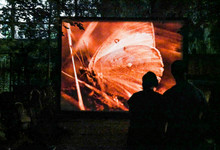
|
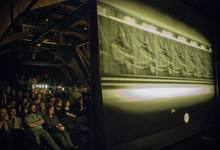
|
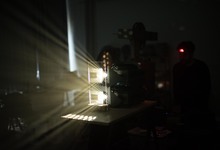
|
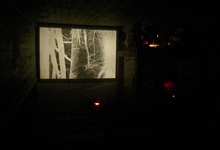
|
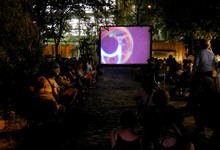
|
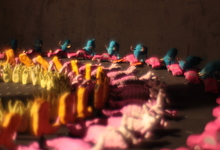
|
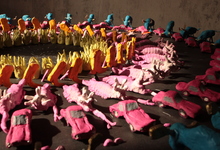
|
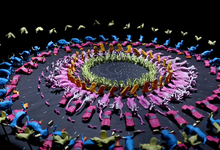
|
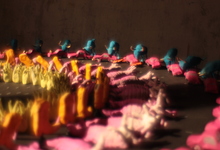
|
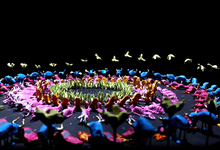
|

|
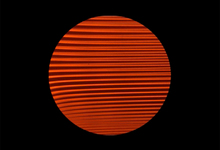
|
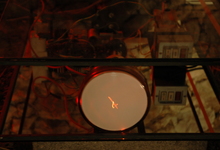
|
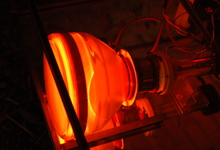
|
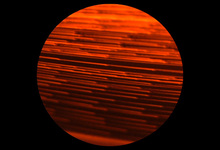
|

|
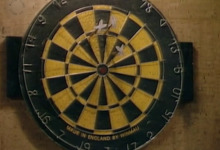
|
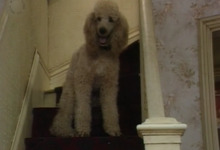
|
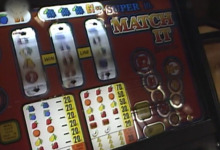
|

|
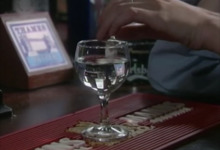
|

|
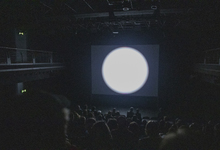
|
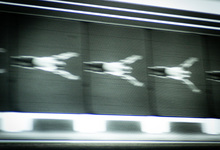
|

|

|

|

|
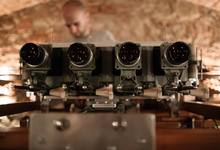
|
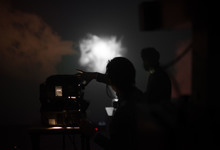
|

|

|
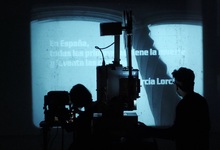
|

|
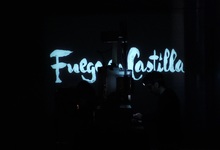
|

|
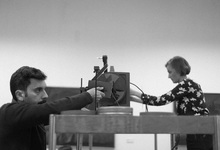
|
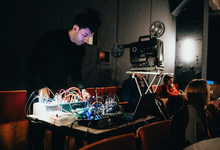
|

|
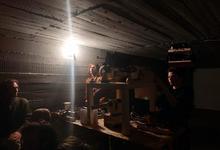
|

|
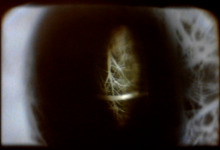
|
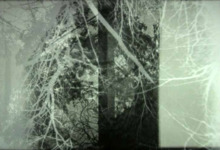
|

|
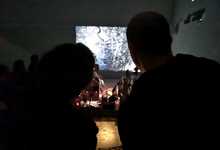
|
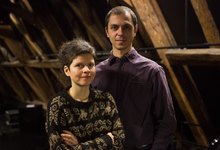
|
Light Cone presents the 11th edition of Scratch Expanded (Paris 13th), a biennial event dedicated to expanded cinema – a cinematic form that breaks free from traditional theatrical projection, bringing together various moving image practices such as multi-screen projection, performance, and installation.
The various techniques and devices highlighted in this edition (35mm projector, slides, cathode ray tube, “archeoscope”, stroboscopic light, etc.) will allow for a great diversity of cinematic experiences with a common interest in deconstructing the original medium.
From the reenactment of a pioneering expanded cinema work conceived in the 1950s to contemporary reflexions on pre-cinema technologies, this edition’s guest artists explore different facets of the powers of the cinematic apparatus. In parallel, open-air screenings of 16mm and 35mm films will take place in the Voûtes garden.
Saturday, June 15, 2024
from 7pm
Tickets (sold on-site)
Full rate: 12€
Reduced rate: 10€
Meal options will be available for purchase.
Exhibition open all evening (7pm-1am)
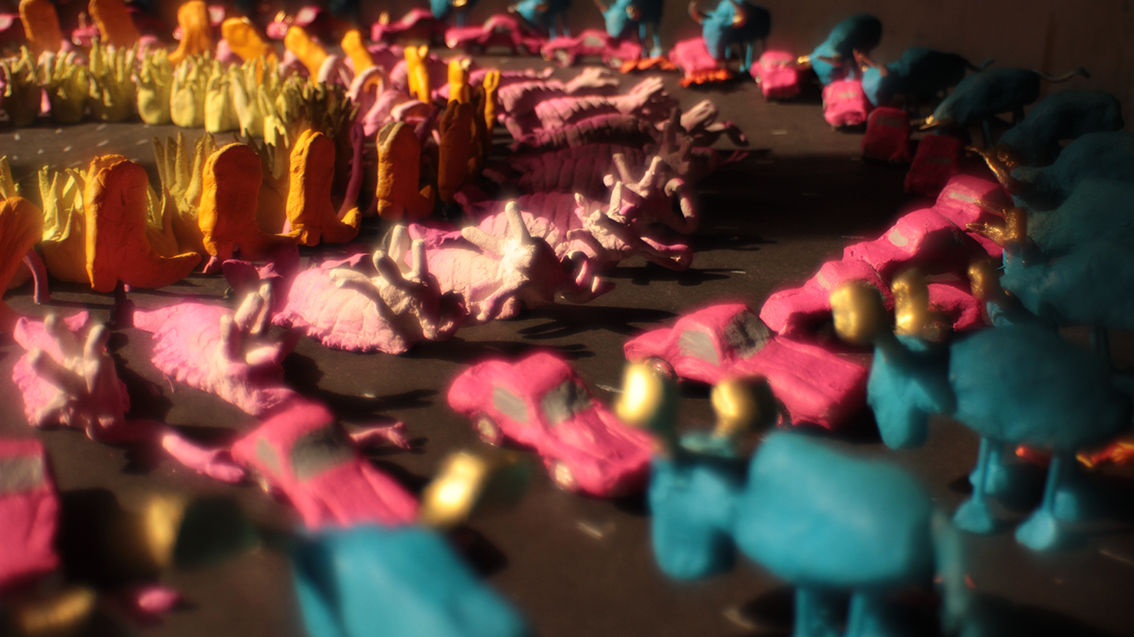
Bison Bison Zombie Bison is a kinetic installation with three-dimensional effects inspired by the principle of pre-cinematographic optical devices, reimagined with stroboscopic light. The installation is a personal response to current theories of evolutionary biology, according to which, in the view of scientists Eva Jablonka and Simona Ginsburg, learning is fundamental.
Originally from Melbourne (Australia), Liz Rácz lives and works in France. Her work deals with a variety of themes (perception, gesture and translation, feedback and modes of language, etc.) in different mediums (drawing, painting, video, animation, and performance).
Exhibition open all evening (7pm-1am)
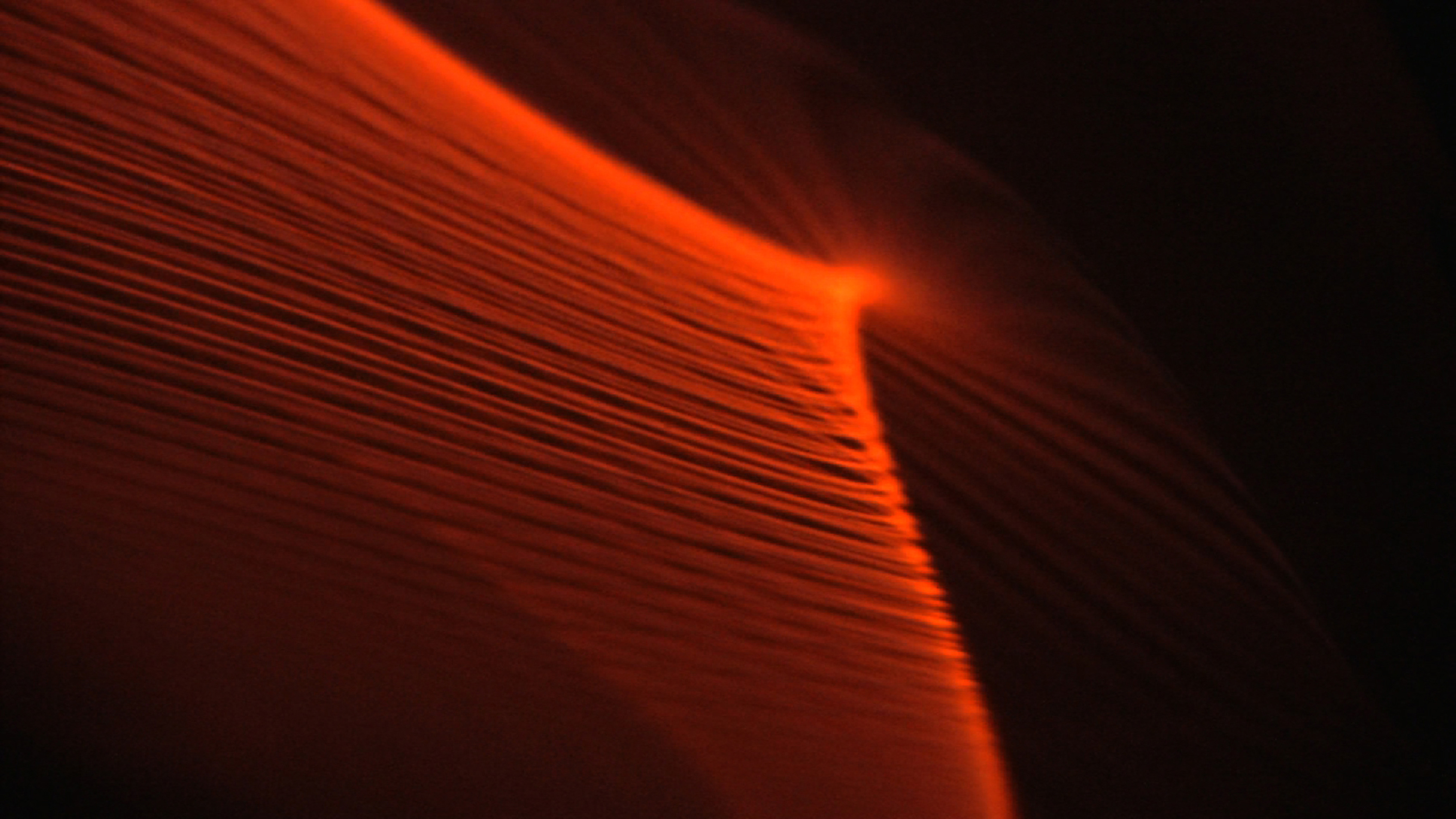
“In the cosmic television set, energy coming from solar winds accelerates electrons and protons in the magnetosphere. The particles are then guided by the Earth’s magnetic field, until they precipitate into the upper atmosphere and produce aurorae borealis. Aurora borealis specialists often point out that the analogy with a television set goes even further: the acceleration voltage of both aurorae borealis and television sets is around 20,000 volts.” – Canadian Space Agency
Sofi Urbani sees her artistic practice as an intersection between scientific knowledge and formal intuition. Bringing these two poles together, she develops an artistic vocabulary through which scientific phenomena (magnetic flux, fossil radiation, etc.) and the fascination they provoke, are set in motion. Instruments that allow for the appearance of images (televisions, cathodic ray tubes, electron guns, or even reflective surfaces) are dissected and reformulated in order to produce poetic forms and experiences.
Exhibition open all evening (7pm-1am)
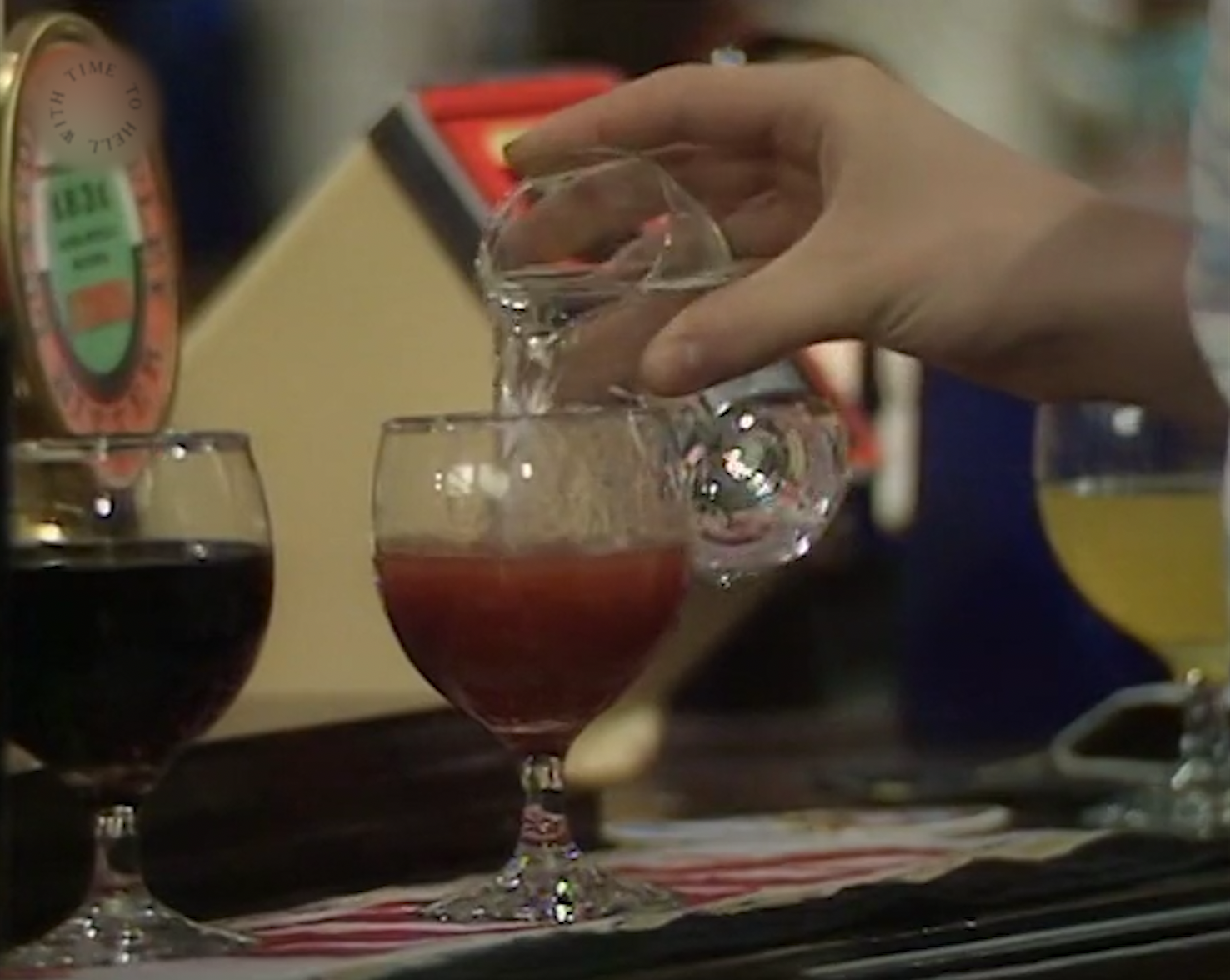
The Lock-In never ends. Consisting entirely of pub footage from the British soap opera EastEnders, it is endless inasmuch as its source is endless and its makers living.
Stanley Schtinter has been described as an ‘artist’ by the Daily Mail and as an ‘exorcist’ by the Daily Star.

A study of the illusion of movement: how it emerges, modulates and falls apart, and, simultaneously, a study of the musical possibilities of the film shutter. What if it weren’t just regular metric repetition, but overlapping polyrhythmic figures or complex synchronous sequences? And what would that mean to the appearance of the motion?
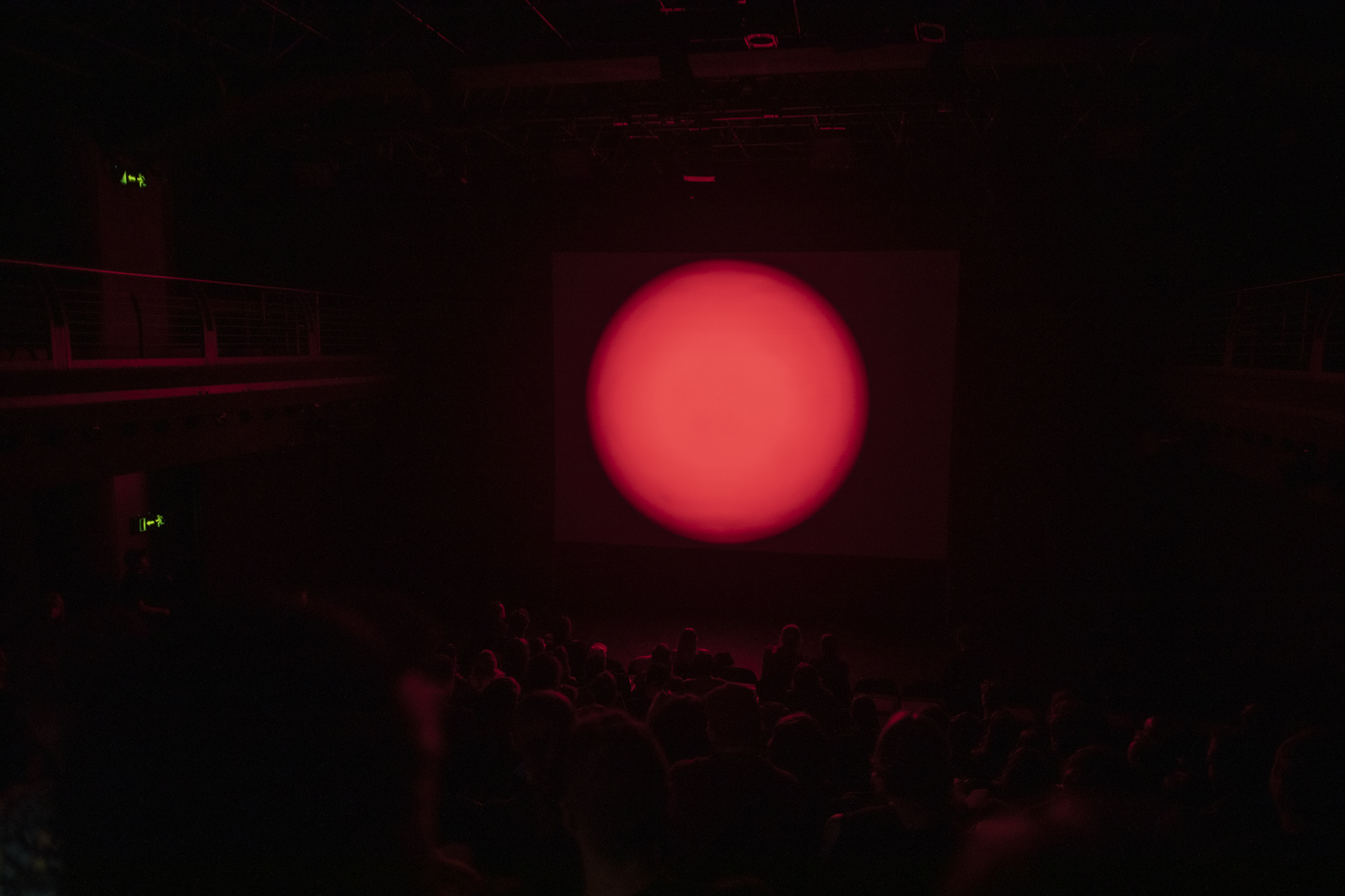
Prefilm uses a wide range of possibilities – multiple overlapping, interfering, synchronized and precisely controlled nuances of the flickering light of a special projector to target the ticklish spots of perception. An intensive contemporary live analogue contribution to the flicker film tradition.
Jan Kulka is an experimental filmmaker from Prague working predominantly with analogue technologies. Using the ‘Archeoscope’ (in Czech, Pramítačka), a special opto-mechanical projecting apparatus he invented and constructed for live film performances, Kulka aims to find radically different ways of perceiving, understanding and working with film material, alongside new, aslant approaches to the act of projection.
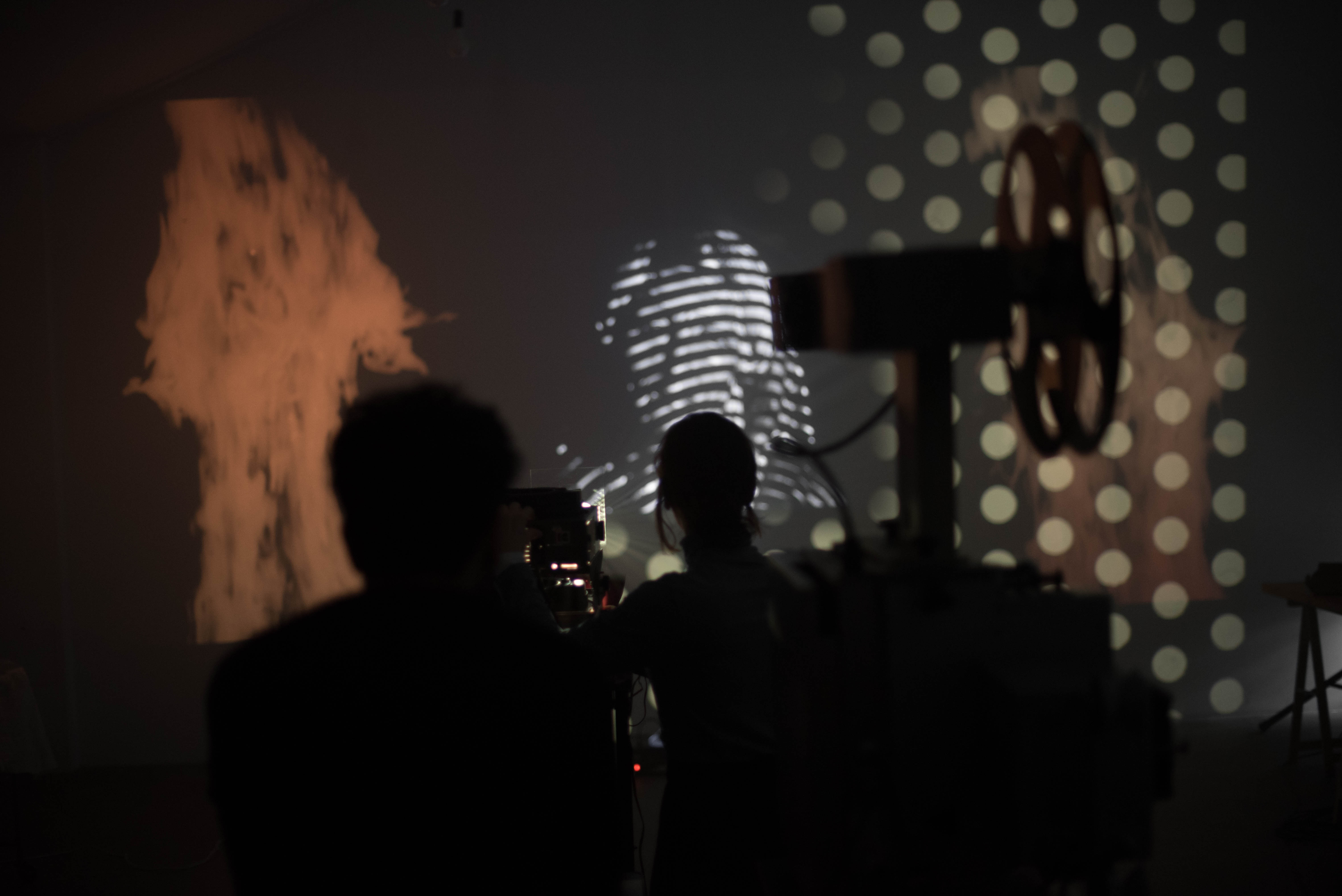
Desbordamiento apanorámico de la imagen (“a-panoramic overflowing of the image“) from 1956 is a rarely seen work by Spanish artist and filmmaker José Val del Omar. Conceived as a “new technique of psychological relief”, the project consists in overflowing the extra-foveal area of the retina – or our peripheral vision – by projecting inductive and abstract images over a concentric, “objective” screening, and expanding onto walls, floor and ceiling. Artists Esperanza Collado and OJOBOCA (Anja Dornieden & Juan David González Monroy) collaboratively present a reenactment of this historical Expanded Cinema work for the first time in its original analogue format and performative setting. The film chosen to accompany this experience is Fuego en Castilla (1956–59), where Val del Omar applied unusual pulsed lighting procedures on liturgical, spectral images.
José Val del Omar (1904-1982) is one if the most important Spanish experimental filmmakers of the 20th century. His technological contributions, developed mostly in a country marked by a dictatorship, were infused with a libertarian courage and aimed to expand and amplify the cinematic experience. He was awarded the prize for lighting effects at the 1961 Cannes International Film Festival. In 1974, Amos Vogel described his film work as one of the great unknown works of world cinema.
Esperanza Collado is a Spanish artist-researcher. Her performance-environments, site-specific works and critical texts investigate the dematerialization of film in art practices, the performativity of writing and the figure of the artist as metahistorian. Her book Paracinema: la desmaterialización del cine en las prácticas artísticas won the Spanish Writings on Art Prize from Fundación Arte y Derecho (Trama, Madrid 2012). She recently published Things Said Once, a comic with drawings by Paula Guerrero (Kino-Ovno, Madrid 2022).
Anja Dornieden et Juan David González Monroy are two filmmakers based in Berlin. Since 2010, they have been working together under the moniker OJOBOCA. They practice Horrorism, a simulated method of inner and outer transformation. Their work has been presented internationally in a variety of festivals, galleries and museums. They are both members of the artist-run film lab LaborBerlin.
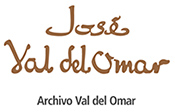

Baroque drama casting forest as an impenetrable accumulation of sticky-fingered branches, uncanny textures and shadowy and toothy beings, an inhuman place just about to be invented as a piece of landscape. Hostile nature perforated by the light of reason. Reflections of the light while crossing dark forests of the enlightened self and and at the same time seeking the way out of there, out of the self.
The human vision, one of the five senses, is situated in his physical body but leads the human outside his body and connects him with the outer world. Seeing moving images as well as hearing a melody is a coincidence of the physiological and mental abilities. The moving image is a construct that calls to be deconstructed and reconstructed again, if for nothing else then for the pleasure it provides. The Victorian philosophical toys (thaumatrope, phenakistiscope etc.) conserved exactly these two proprieties – such a pleasant toy analyzed the visual effect but hasn't erase it.
The systematic deconstruction and classification of our mysterious world was one of the main concerns of the Enlightenment project. The thinking of this period boldly formed the European culture and is tangible till nowadays. The metaphor of the light as the intellect and the reason armed European people with the feeling of predominance. The concept of the white as innocence and superiority destroyed several cultures and the heterogeneity. This calling leads us to the dark side of the Enlightenment and maybe till the contemporary crisis of post-colonial and soon post-digital world.
Since 2013 Alexandra Moralesová and Georgy Bagdasarov form a filming and experimenting duo Labodoble. They run an artistic and curatorial platform under the same name mainly focusing on photo-chemical experimental film processes but with a wider interested in different kinds of media practices. They like to question media and to reshape the relation of machine and operator into machine and performer. Merging technical skills with curiosity in media theory and philosophy they do films, performances, installations and workshops.

|
RADIO DYNAMICS
by Oskar FISCHINGER 1942 / 16mm / color / silent / 4' 00 |

|
DENKBILDER
by Pablo MARÍN 2013 / 16mm / color / silent / 5' 00 |

|
SÉCAN CIEL (VERSION COURTE)
by Jean-Michel BOUHOURS 1979 / 16mm / color / silent / 4' 00 |

|
PLAYING DICE
by Jean-Pierre BERTRAND 1972 / 16mm / b&w / silent / 5' 00 |

|
NOOR
by Deborah PHILLIPS 2003 / 16mm / color / silent / 6' 00 |

|
EYEWASH
by Robert BREER 1959 / 16mm / color / silent / 3' 00 |

|
HAIRCUT
by Barbara HAMMER 1978 / 16mm / color / silent / 4' 40 |

|
SYUNSOKU
L'instant du battement des paupières by Akira MIZUYOSHI 1997 / 16mm / color / silent / 3' 30 |

|
4 FINGERS, 5 TOES
by Amy HALPERN 2022 / 16mm / color / silent / 11' 00 |

|
PARABLE OF THE TULIP PAINTER AND THE FLY
by Charlotte PRYCE 2008 / 16mm / color / silent / 3' 50 |

|
ETHER
by Philippe COTE 2003 / 16mm / color / silent / 9' 00 |

|
SLIT SCAN MOVIE
by Christian HOSSNER 1999 / 35mm / color / silent / 10' 00 |

|
ÉTUDE CINÉGRAPHIQUE SUR UNE ARABESQUE
by Germaine DULAC 1929 / 35mm / b&w / silent / 7' 00 |

|
DANDELION
by Karel DOING 2018 / 35mm / b&w / silent / 2' 17 |

|
HELP
by Louise BOURQUE 2009 / 35mm / b&w / silent / 1' 00 |

|
VILLE MARIE
by Alexandre LAROSE 2006-2009 / 35mm / color-b&w / silent / 12' 30 |
| address |
Les Voûtes 19 rue des Frigos 75013 Paris France |
|---|---|
| metro | Bibliothèque François Mitterand (line 14) |
| tel | +33 (0)1 46 59 01 53 |
| lightcone@lightcone.org | |
| related link |
Facebook event
|